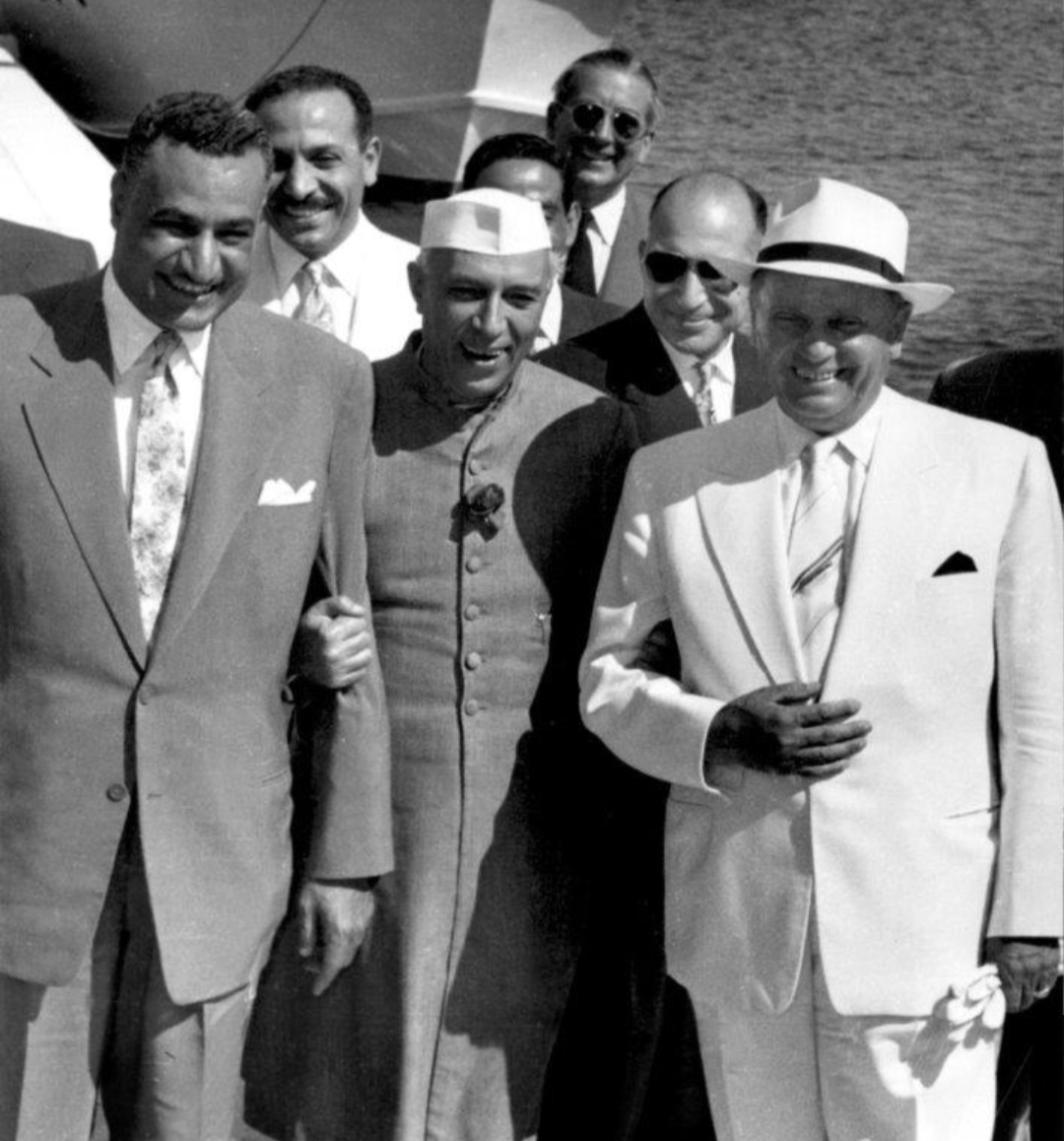Tracing back to the mid 1940s, the end of the second world war was a landmark in contemporary world politics. The Allied Forces, led by the Soviet Union, United States, Britain and France collectively defeated the Axis powers led by Germany, Italy and Japan, officially ending the Second World War.
The end of the Second World War marked the beginning of a new challenge that stood at the doorstep of the world, the Cold War. In addition to being a matter of power rivalries and military alliances, the Cold War provided the rival blocs a stage to oppose their respective ideologies. The Western alliance, headed by the USA, represented the ideology of a liberal democracy and capitalism while the Eastern alliance, headed by the Soviet Union were committed to the ideology of socialism and communism.
The two superpowers were keen on expanding their spheres of influence across the world. A state was supposed to remain tied with its respective superpower to limit the influence of the other superpower and its allies. The smaller states of each bloc got the promise of protection, weapons and economic aid against their local rivals.
The Western alliance was codified into an organisation called the North Atlantic Treaty Organisation, whcih came into existence in April 1949, declared that an armed attack on any one of the states in Europe and North America would be regarded as an attack on all of them. The western alliance or, the Warsaw Pact, led by the Soviet Union was created in 1955 as a couterweight to NATO’s forces in Europe.
India and Non-alignment
India, a country which had just broken the clutches of colonialism was put in a dilemma. Aligning with eiterh of the two alliances would lead to the potential subordination of national interests to the demands of the alliance.
One of the primary motives of a nation’s foreign policy is to safeguard and whenever possible, expand a state’s strategic space. This is best understood as the capacity of a stateto take autonomous decisions on issues of vital interest to the world. This capacity of a state is further enhanced when options and alternatives are available to the state to achieve its objectives. Therefore, a successful foreign policy is one that provides the country with a range of of options and alternatives to draw from to achieve its defined objectives.
Had India become an ally of the United States during the cold war, it would have had to treat the Soviet Union as an enemy state despite there being no threat to Indian interests from the Soviet Union. India may have had to fight alongside the United States in the Vietnam War, despite having no stake. Siding with either of the two alliances would be in denial of the independence that India had fought for.
India decided against any alliances and promoted non-alignment, citing that not siding with either alliance would help in preserving its earned politcial freedom and promoting its economic development by maintaining friendly relations with both the blocs. However, it should be understood that non-alignment was not a policy of “fleeing away” or staying aloof from world affairs. India played an active role in intervening in world affairs to soften Cold War tensions and rivalries. India tried to reduce the differences between alliances and thereby prevent differences from escalating into a ‘’hot war”. Indian diplomats and leaders were often used to communicate and mediate between Cold War rivals such as in the Korean War in the 1950s.
The policy of non-alignment was best suited to develop India’s interests, in a decolonised world. Non-alignment, adopted during the Cold War helped India develop an independent foreign policy barring the possibility of either of the two superpowers dictating terms to New Delhi, assisting India in its ambition of doing what was best suited to her strategic interests.
